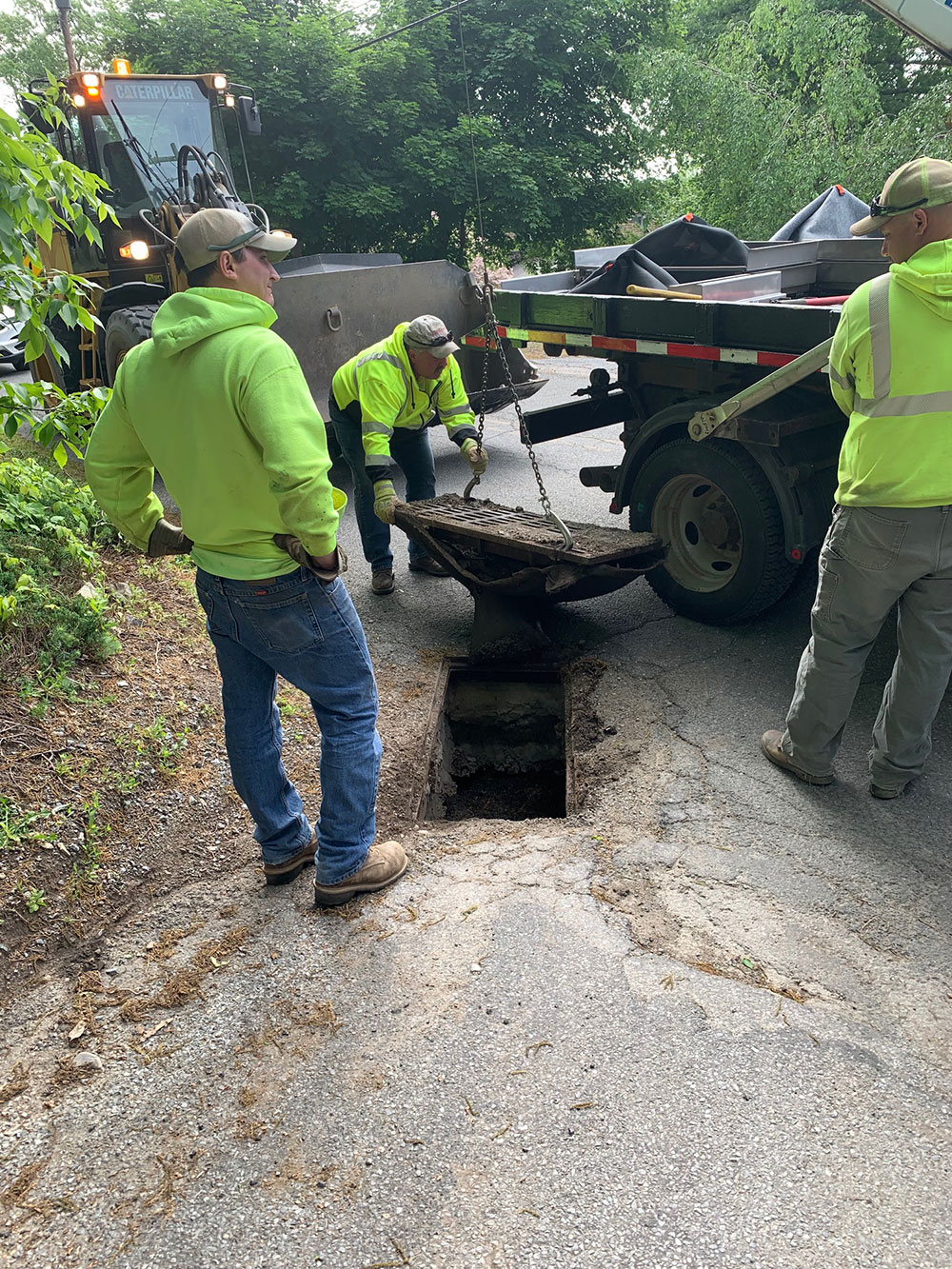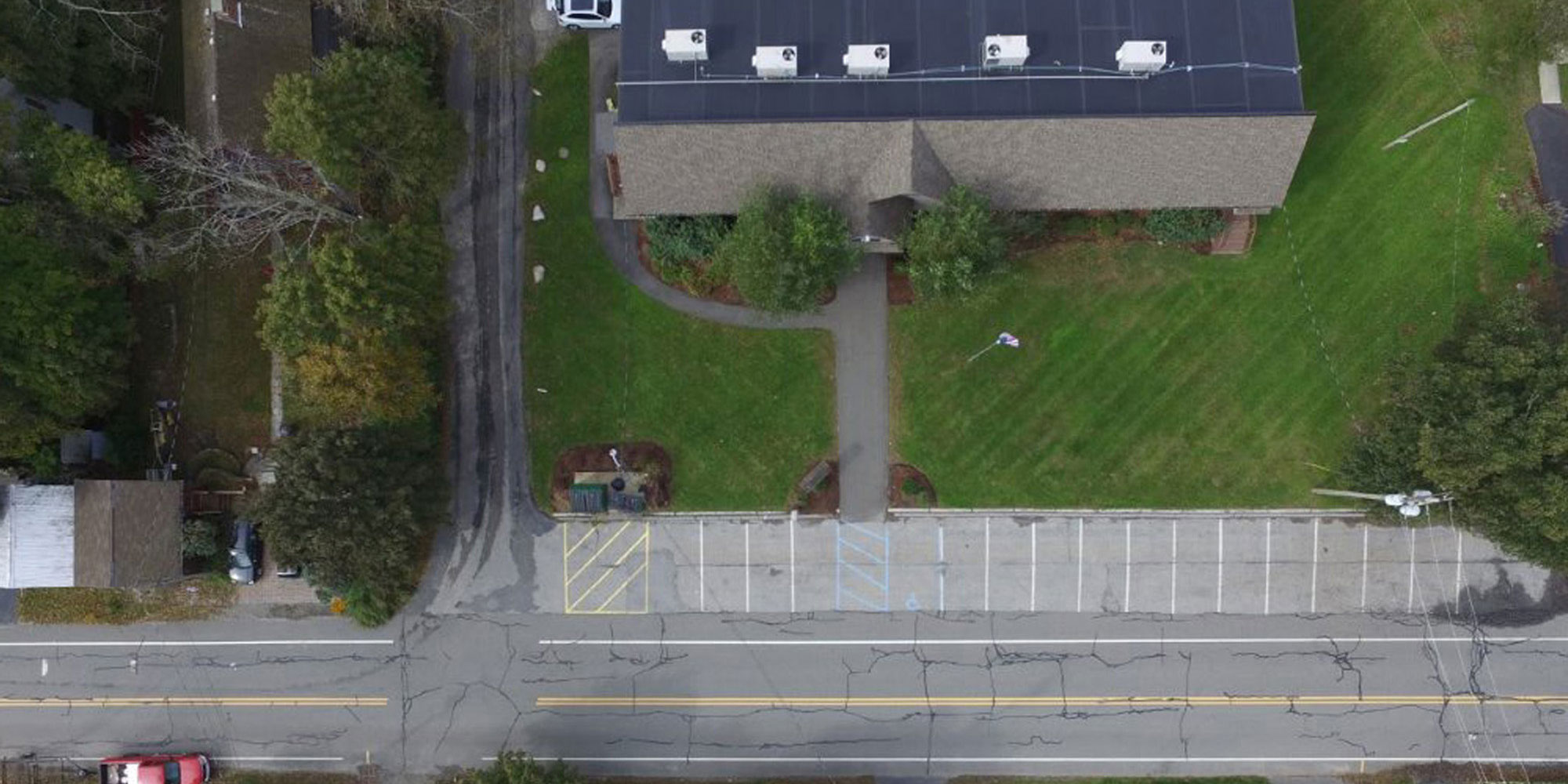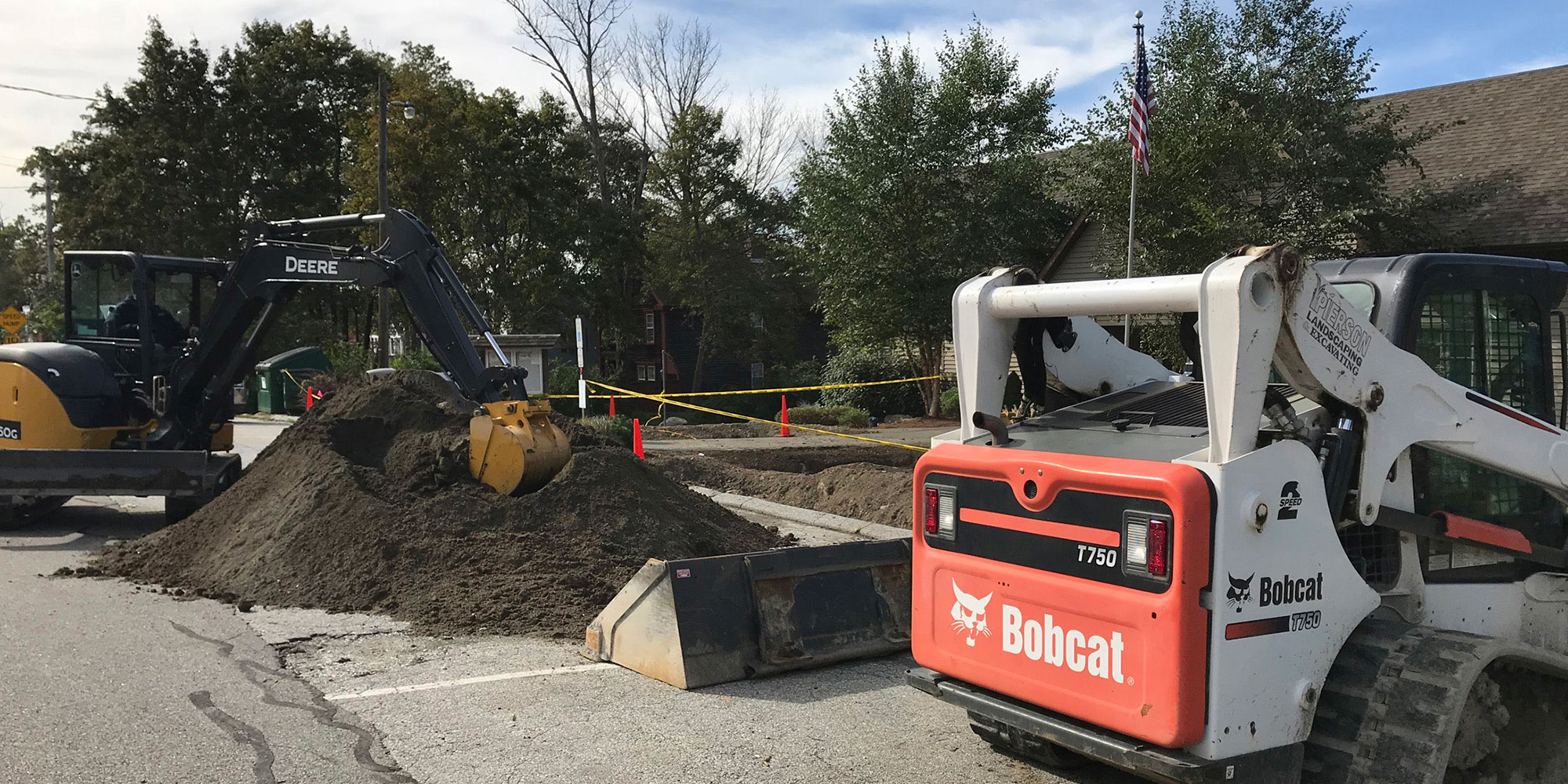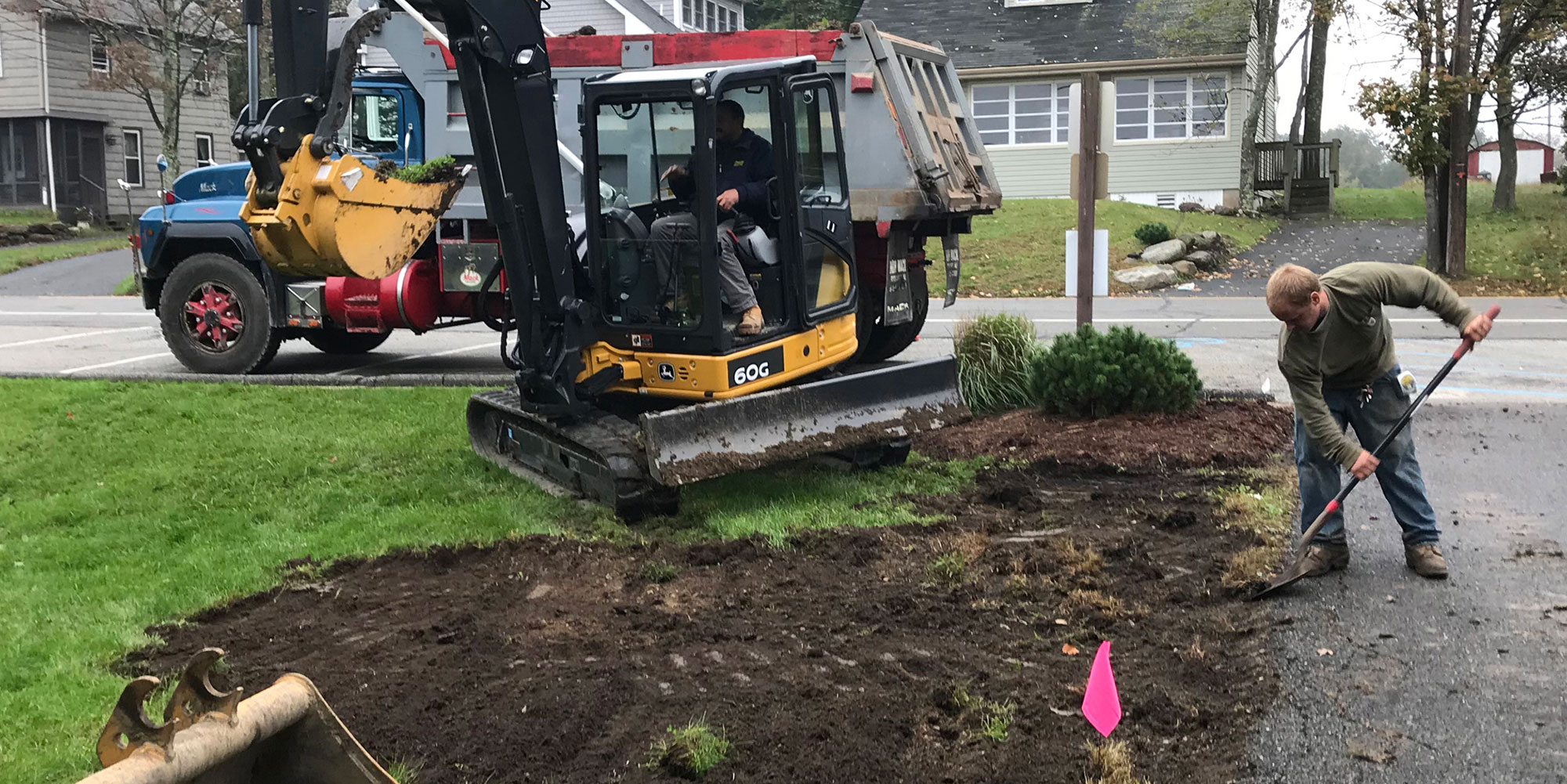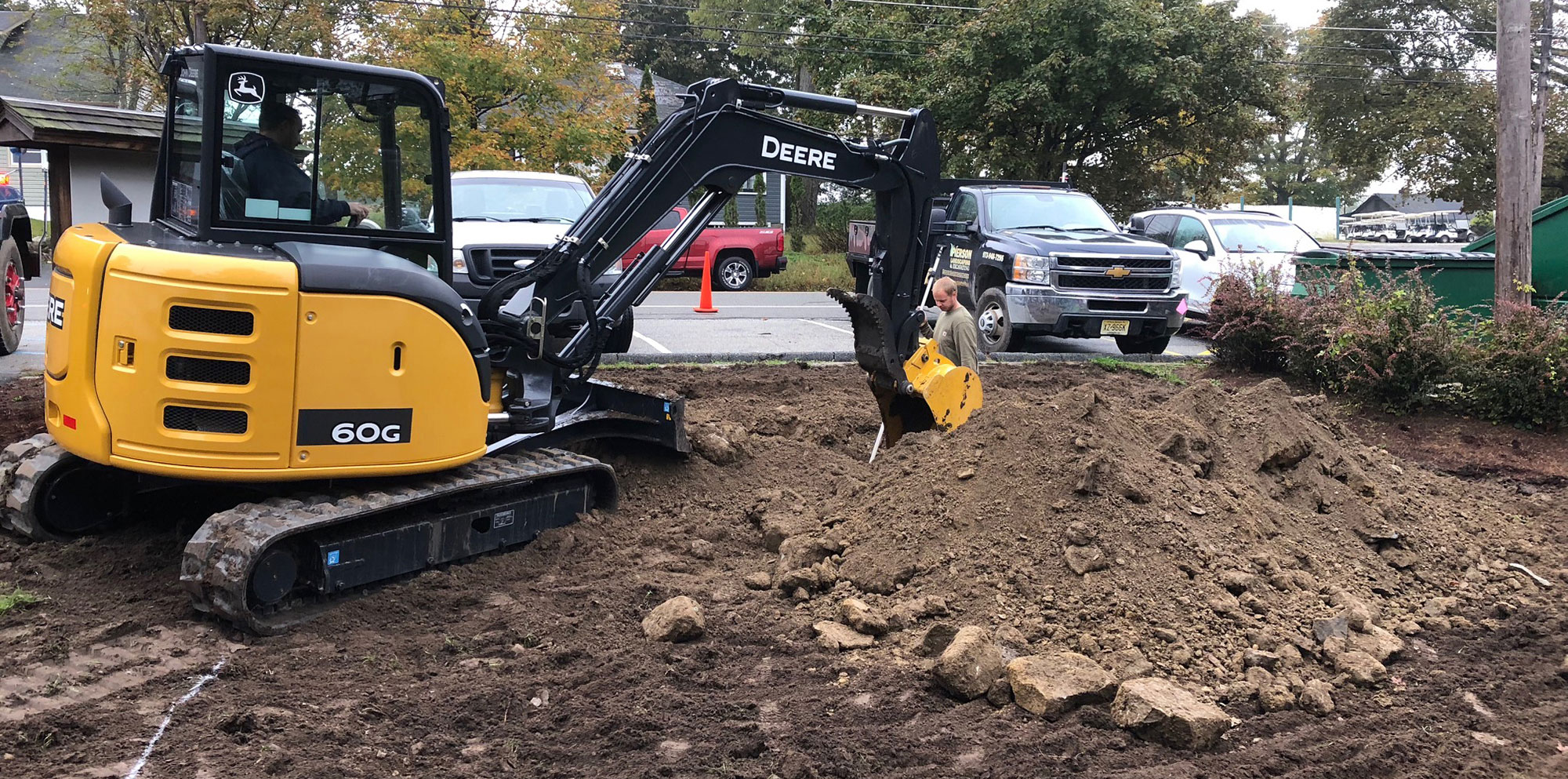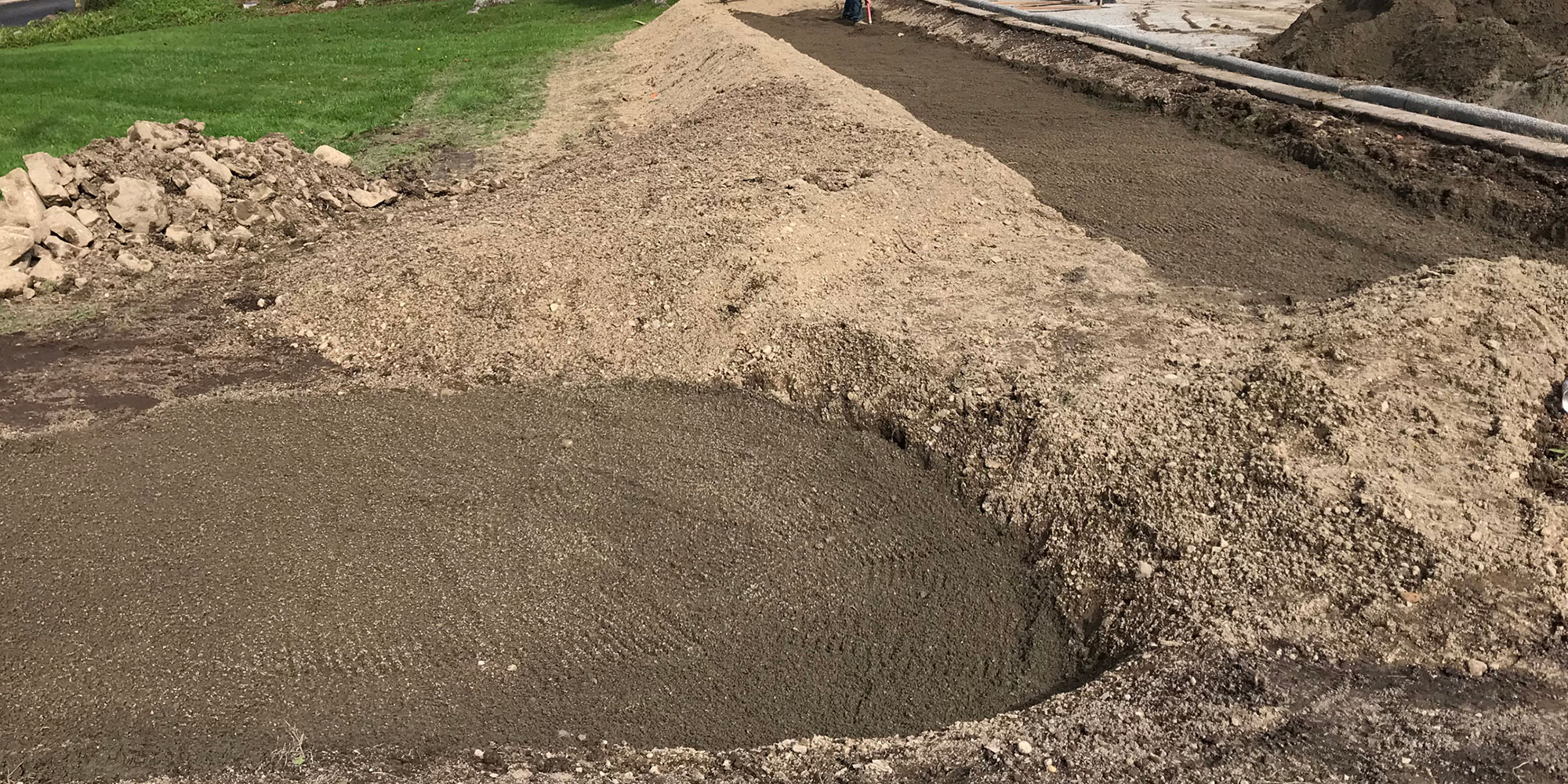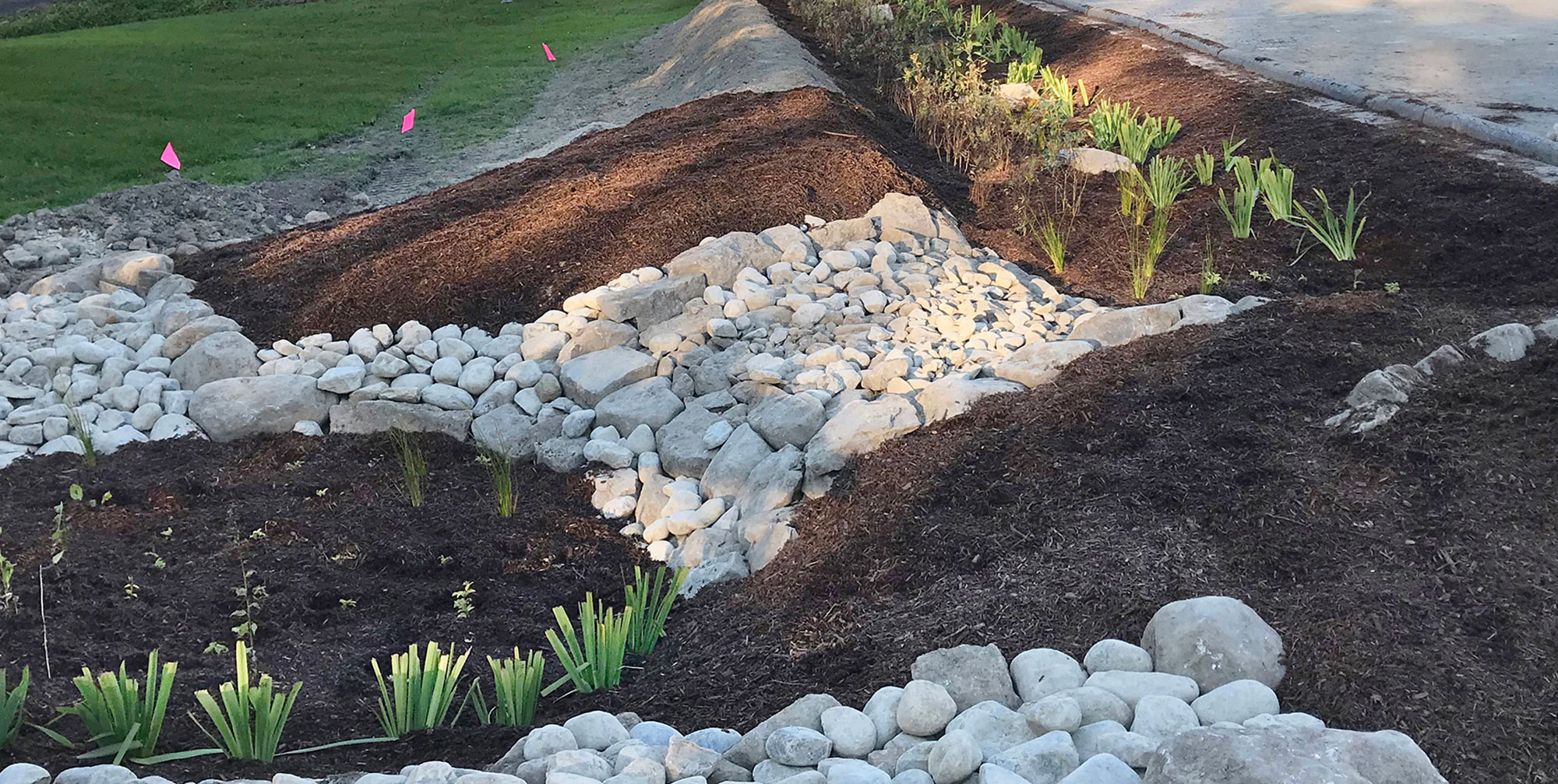PROTECT WATER
PROTECT OUR WATER, WATERWAYS AND WATERSHED
Natural lakes like Culver and Owassa were created through a combination of glaciers and springs, and are threatened primarily by expanding communities. Over time, we have learned the main culprit threatening our waters is external phosphorous which binds with sediment, flows into the lake, and sinks to the bottom where dissolved oxygen is low. In this anoxic environment, sediment then releases phosphorous into the water column promoting algae growth. This process gradually suffocates helpful microbes and fish, disrupting the balance of the water ecosystem. The Culver Lake community has addressed this issue for many years but as the greater Culver Lake watershed becomes more and more inhabited, additional measures are required. In partnership with Frankford Township, the Foundation has intensified its commitment to Storm Water Management. The inclusion of recommended minerals such as iron and alum are also being utilized.
Individual residents at our lakes can do many small things to enhance water quality:
- Read more about how YOU can embrace water quality best practices with the brochure: A Homeowner’s Guide to Lake-Friendly Living, produced in partnership with the Normanoch Association.
- Create rain gardens to filter and slow storm water from impacting the lake.
- Learn more about strategies to prevent harmful algae blooms.
- Read more about managing or your septic system and ground water.
- View this presentation about managing septic systems.
GREATER CULVER LAKE STORM WATER MANAGEMENT
Greater Culver Lake Storm Water Management currently consists of two strategies:
- Inserting Advanced Drainage System’s FLEXSTORM inlet protection sediment filtering bags to a targeted group of over 50 storm water roadside drains around the shores of Culver Lake.
- The addition of alum to the Culver Lake waters through two alum drip stations, activated during stormwater events, as well as the utilization of an alum system to remove phosphorous from the large septic system at the Normanoch clubhouse. These alum systems are proven to remove phosphorous from our waters. The technology is now available to individual lake residents at discounted cost from Clearlake Technology.
RAIN GARDENS
A rain garden is a purposefully planted depression that collects rainwater coming from impervious surfaces like rooftops, driveways, roads and patios. The garden allows rainwater to seep into the ground instead of becoming stormwater runoff.
How are Rain Gardens Beneficial?
- Help keep water clean by filtering stormwater runoff before it enters local waterways (water that often carries sediment including harmful phosphorous).
- Help alleviate flooding and drainage issues.
- Enhance the beauty of yards and communities.
- Provide habitats and food for wildlife including birds and butterflies.
- Reduce the need for expensive stormwater treatment structures in the community.
The GCLWC Foundation has established a connection with Rutgers Cooperative Extension to advise homeowners about designing and creating a rain garden at their home or right-of-way. Send us an email for more information.
The demonstration rain garden in front of the Normanoch clubhouse filters out harmful naturally occurring and man-made chemicals before they reach the lake while at the same time providing beautiful native plantings and habitat for pollinators and birds.
HARMFUL ALGAE BLOOMS
Cyanobacteria or blue-green algae is toxic to humans and animals when a large bloom occurs in bodies of water that are rich in nutrients. It primarily appears in relation to phosphorous loading and is thus another outcome of human impact on tender ecosystems. Harmful algae blooms have increasingly affected many New Jersey lakes causing numerous community swimming and recreation areas to shut down. Our various control strategies – including the Culver aeration system and the alum injection system available to homeowners – help improve water quality as well as mitigating the ongoing challenge of harmful algae blooms. In addition, the Foundation’s work to improve storm water management also addresses the need to limit phosphorous loading.
YOUR SUPPORT MATTERS
The Greater Culver Lake Watershed Conservation Foundation (GCLWCF) relies solely on private tax-deductible donations from individuals, families, businesses and foundations to fund its environmental advocacy programs.
Your generosity will ensure continuity of the water quality efforts not only at Culver Lake and Lake Owassa but also throughout the watershed area today, tomorrow, and in the years to come.
FOUNDATION SIGN UP
If you want to join the community and stay in the know, please subscribe here.
Photo credits:
Reflections by Terry McQuillin; Storm Water Slide Show by John Fabian; Rain Garden Slide Show by Terry McQuillin and Paul Sutphen (aerial images).




